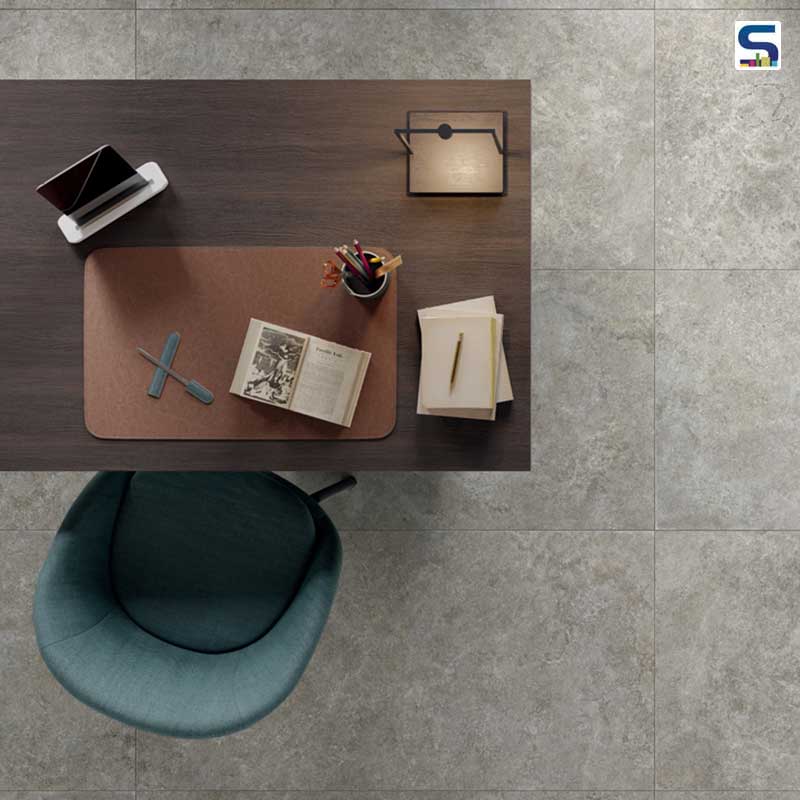
The Life Sciences Research Department of the Tile Council of North America (TCNA) Product Performance Testing Laboratory recently made an anti-microbial testing using new ISO standard available. “Architects and designers are seeking to specify building materials that are resistant to micro-organisms and easy to clean and sanitize while at the same time provide the aesthetics they need,” stated Dr Jyothi Rangineni, Director of Research, TCNA. “Therefore, anti-microbial ceramic surfaces—surfaces that can kill, resist or inhibit the growth of micro-organisms—will have significant impact for the built environment in the wake of COVID-19.”
While many existing micro-biological test methods can be applied to various materials or have been developed specifically for materials such as plastics and fabrics, very few have been previously applied specifically to ceramic tile. The two new ISO test standards, published in late 2021, test for the anti-bacterial activity of ceramic surfaces (including surfaces with anti-microbial coatings) using two different bacteria, E. coli and S. aureus and take into consideration properties that are unique to ceramic products.
- ISO 17721-1, 2021 Quantitative determination of anti-bacterial activity of ceramic tile surfaces — Test methods — Part1: Ceramic tile surfaces with incorporated anti-bacterial agents
- ISO 17721-2, 2021 Quantitative determination of anti-bacterial activity of ceramic tile surfaces — Test methods — Part 2: Ceramic tile surfaces with incorporated photocatalytic antibacterial agents
As part of her work in the International Standards Organization (ISO) Technical Committee 189 on Ceramic Tiles, Dr Rangineni chaired the effort that led to the development of these standards with participation of industry and academic experts from all over the world. Along with her colleagues, she is now working to develop anti-viral and anti-fungal test methods specific for ceramic tile.
“Surfaces that prevent transmission and the spread of disease are in high-demand, and many new technologies and products have been developed to address this interest. For such products, it is important for product warranties, marketing and new product development to test to these standards if promoting the efficacy of their anti-microbial properties,” said Katelyn Simpson, Director of Laboratory Services, TCNA.
Image credits: Panaria (For representational purpose)